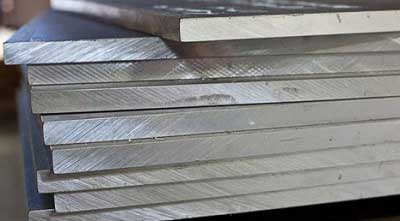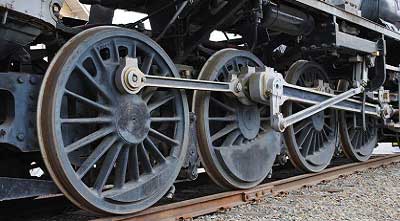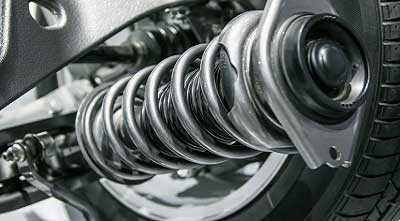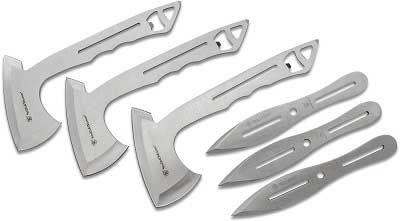 |
What is Mild steel? |
Mild steel is a type of carbon steel, and the element carbon is present in all steel. When this carbon is the main alloying element, the alloy is considered carbon steel. 'Low carbon' steel is another name for mild steel, while other carbon steels, can have different carbon contents. Which one is better depends on the application for which the steel will be used.
Categories of carbon steel
Carbon steel can be classified according to its chemical composition and characteristics. Mild steel falls into the low carbon steel category because it has a similar carbon content. Plain carbon steel is free of alloys and can be classified into four categories..
1. Low carbon steel or mild steel
Low carbon steel has a carbon content of 0.04-0.3% and is the most common type of carbon steel. Mild steel is also considered low carbon steel because it has a low carbon content of 0.05-0.25%. Mild steel is malleable, highly ductile and can be used for body parts, plates and wire products. On the higher side of low carbon content and with the addition of manganese up to 1.5%, its mechanical properties are suitable for stampings, forgings, seamless pipes and boiler plates.

2. Medium carbon steel
Medium carbon steel has a carbon range of 0.31-0.6% and a manganese range of 0.6-1.65%. This steel can be heat treated and cooled to further adjust its microstructure and mechanical properties. Popular applications include axles, shafts, gears, rails and locomotive wheels.

3. High carbon steel
High carbon steel has a carbon content of 0.6-1% with a manganese content of 0.3-0.9%. The properties of high-carbon steel make it suitable for use as high-strength springs and wires. These products cannot be welded unless a detailed program of heat treatment is included in the welding procedure. High-carbon steel is used for edged tools, high-strength wires and springs.

4. Ultra-high carbon steel
Ultra-high carbon steel has a carbon range of 1.25-2%, and is known as an experimental alloy. Tempering can produce a steel with high hardness, which is useful for applications such as knives, axes or punching.

Production of carbon steel
Carbon steels and mild steels are manufactured in three stages..
- Primary steelmaking
- Secondary steelmaking
- Casting
This is followed by various finishing techniques that have a direct effect on the properties of the final product.